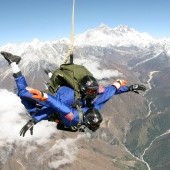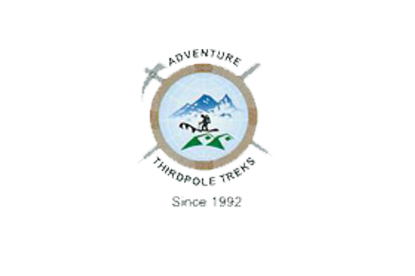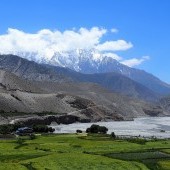History of Nepal
Nepalese history recorded from the Gopal Dynasty since 1500 - 1000 BC. Gopal Dynasty was the first ruler of Kathmandu valley. After that Maheshpal ruled.From the 7th or 8th Century B.C. the Kirantis are said to have ruled the valley. The first king of Kirat was Yalumber. Around 3rd century, the Lichhavis arrived from northern part of India and overthrew the Kirantis. During the Lichhavi era, we can see lots of legacies remains yet today. One of them is Changu Narayan Temple, a UNESCO World Heritage Site (Culture), which dates back to the 5th Century. In the early 7th Century, Amshuvarma, the first Thakuri king took over the throne from his father-in-law who was a Lichhavi. Amshuvarma was diplomatic King, to establish the good relations with Tibet, He married off his daughter Bhrikuti to the powerful Tibetan King Tsong Tsen Gampo so that he could secure his kingdom from another powerful ruler from India. Bhrikuti contributes a lot to preserve the art and architecture to the valley as well as she has helped to spread Buddhism to Tibet. This era also called the golden age of creativity.
After the Lichhavi era, Malla comes as another ruler in the country who rules for 550 years, during their period the Malla King built numerous temples,Maath as well as started organizing the society, the religious festivals, music, arts, and literature encouraged.
After the death of Yaksha Malla, the valley was divided into three kingdoms: Kathmandu (Kantipur), Bhaktapur (Bhadgaon) and Patan (Lalitpur). Around this time, the Nepal as we know it today was divided into about 46 independent principalities. At the same time, there was one small kingdom in Gorkha, Drabya Shah was the king, he dies in early age and then after NarBupal Shah. The Great King Prithvi Narayan Shah become the king. He was ambitious, diplomatic and far sighting king in the Shah history. He had a dream to unify the Nepal as one country, combining separated small kingdoms like Baise, Chaubise Rajya. Slowly he starts his unification campaign conquering Nuwakot. And then, attack Kathmandu valley. In the first time, Prithvi Narayan Shah defeated, however, he never get hopeless. At the occasion of Indrajatra, Prithvi Narayan Shah Victory the Kritipur, after a week, He attacks Patan and Bhaktapur. Both of the places Prithivi Narayan Shah victory the battle. After that, Prithvi Narayan Shah Kathmandu became the capital of modern Nepal in 1769.
Nepal is now Federal Democratic Country since 2015, The Constitution of Nepal as a federal secular parliamentary republic divided into seven provinces. Nepal admitted a member of the United Nations in 1955. Likewise, friendship treaties were signed with India in 1950 and the People's Republic of China in 1960. Nepal today has a President as Head of State and a Prime Minister heading the Government.




